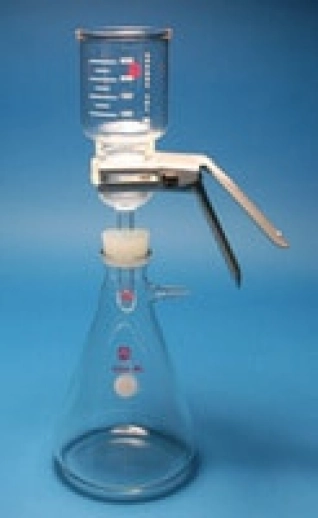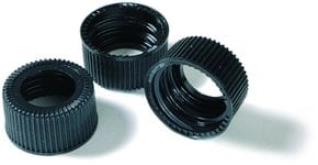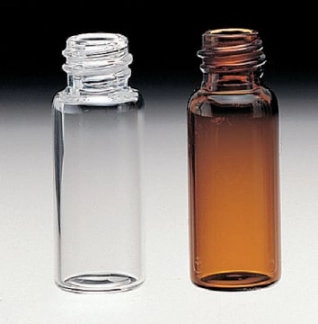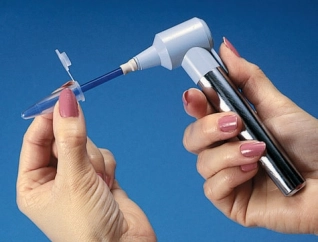{{ isErrorSetToBasket === false ? 'Товар добавлен вкорзину' : 'Не удалось добавить товар в корзину'}}
Перейти в корзину
{{Object.keys(error)[0]}}:
{{Object.values(error)[0]}}
Цена По запросу
Количество
Вы уже добавили максимально доступное на складе кол-во товара
Достигнуто максимально доступное кол-во
Под заказ
{{!!storageProduct ? 'На складе' : 'Под заказ'}}
Ожидается поставка
Description_x000D_
General description_x000D_
Universal negative control CRISPRs have been designed not to recognize any sequence in the human, mouse or rat genome. A single vector format is provided which includes the Cas9 expression cassette and gRNA sequence. This vector includes GFP which is co-expressed from the same mRNA as the Cas9 protein via a 2A peptide linkage and enables for tracking of transfection efficiency or enrichment in cell populations via FACS._x000D_
Application_x000D_
Functional Genomics/Target Validation_x000D_
• Creation of gene knockouts in cell lines_x000D_
• Creation of knock-in cell lines with promoters, fusion tags or reporters integrated into endogenous genes_x000D_
Features and Benefits_x000D_
Allows for expression of Cas9 and GFP without specific targeting of the CRISPR/Cas9 system._x000D_
Components_x000D_
1 vial containing 1ug of U6-gRNA/CMV-Cas9-GFP plasmid expressing a non-targeting guide sequence._x000D_
Principle_x000D_
CRISPR/Cas systems are employed by bacteria and archaea as a defense against invading viruses and plasmids. Recently, the type II CRISPR/Cas system from the bacterium Streptococcus pyogenes has been engineered to function in eukaryotic systems using two molecular components: a single Cas9 protein and a non-coding guide RNA (gRNA). The Cas9 endonuclease can be programmed with a single gRNA, directing a DNA double-strand break (DSB) at a desired genomic location. Similar to DSBs induced by zinc finger nucleases (ZFNs), the cell then activates endogenous DNA repair processes, either non-homologous end joining (NHEJ) or homology-directed repair (HDR), to heal the targeted DSB._x000D_
Physical form_x000D_
Sigma U6-gRNA/CMV-Cas9-GFP plasmid expressing a non-targeting guide sequence supplied at a concentration of 20ng/ul in 50ul._x000D_
Preparation Note_x000D_
Sigma CRISPR plasmid products are delivered as mini-prep aliquots,_x000D_
which may not be suitable for transfection into particular cell types. For best results, we advise maxi-prepping_x000D_
plasmids using endotoxin-free DNA purification kits prior to transfection._x000D_
Other Notes_x000D_
Typical transfection concentrations used in literature are in the ranges of 2.0 to 8.0ug of the single vector expressing the guideRNA and Cas9 . (All dosages above assume 0.5 to 1 million cells nucleofected)_x000D_
Legal Information_x000D_
CRISPR Use License Agreement_x000D_
Lentiviral and WPRE License Agreements
- Related Categories CRISPR Controls (DNA and Virus), CRISPR-Cas9, Functional Genomics and RNAi, Molecular Biology Quality Level













